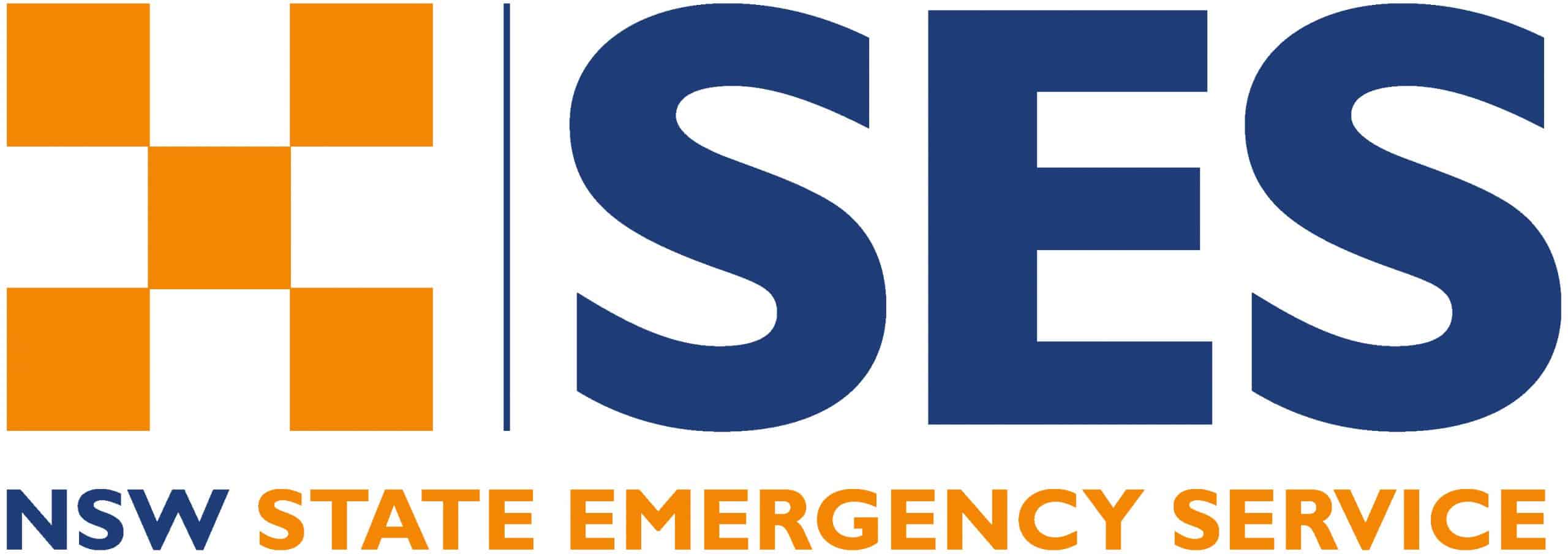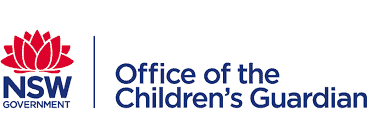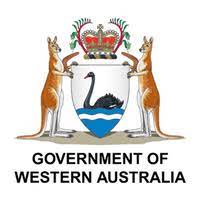A great Team Development activity is critical to boost oxytocin, serotonin, and dopamine. Its also a great way to short-circuit doing the same thing day-in-day-out, which is an easy trap to fall into, especially in today’s high-pressure environment.
In the world of teamwork, we often hear “Great teams have great chemistry.” But there’s much more to this saying than meets the eye. When we look into the neuroscience behind it, it turns out that the right mix of chemicals in our brains, such as Dopamine, Serotonin, and Oxytocin, plays a vital role in cementing Psychological Safety and productivity within teams.
These neurotransmitters hold the key to building strong and lasting foundations for great teams. They do this by promoting essential qualities like motivation, social bonding, trust, empathy, collaboration, positive energy, and focus – all essential elements of Psychological Safety.
Understanding the roles these neurotransmitters play in team development and day-to-day business empowers leaders to create more Psychological Safe team environments that foster better team dynamics, collaboration, engagement, and productivity.
The Role of Dopamine: Fuelling Motivation and Drive
Dopamine, often referred to as the ‘reward’ or ‘feel good’ neurotransmitter, is the chemical responsible for those moments of pleasure and reward we experience in our daily lives. In the context of team dynamics, dopamine takes centre stage as the catalyst for motivation, engagement, and productivity, and of course Psychological Safety.
When leaders (and others!) acknowledge or recognise team members, ourselves, peers, and yes, even your boss, even for doing something small, or even just make some small progress toward a goal, our brains get a hit of dopamine. This not only uplifts our mood but also reinforces the behaviours that led to the achievement.
That hit of dopamine says to the brain: “do more of this, it’s good!” Productivity will go up!!
Practical Tip: Build a ‘Catch People Doing Something Right’ Culture.
As leaders, we can leverage the power of dopamine by recognising and celebrating even small individual actions within the team – and ourselves…every day. Sweat the small stuff! It literally can be as simple as saying “thanks, I appreciate…”
In today’s environment where we’re all consistently being smashed by demands on all sides (at home as well as work) and it’s easy for us all to focus on what’s still not done, what’s not working, or what needs improving – with ourselves as well as our teams and people around us.
That’s ok, it needs to be done, but stop and recognise what’s people – and you – are doing well. Doesn’t matter how small a think it is, it will help generate dopamine.
By setting clear expectations and providing regular micro-feedback we can keep the dopamine flowing, enhancing individual satisfaction and engagement, and strengthening team cohesion, engagement, and Psychological Safety.
The Importance of Serotonin: Building Trust and Connection
Serotonin, often associated with feelings of well-being and happiness, is closely tied to trust and social bonding.
Trust is the cornerstone of effective collaboration and communication within teams and is the foundation of Psychological Safety. When team members trust each other, they are more likely to share ideas, have each other’s backs, offer constructive feedback, and take risks together.
Practical Tip: To boost serotonin levels within your team, promote trust-building activities. Create an environment where open and honest communication is encouraged, where people can open up and be human. Also, set clear expectations, and establish a safe space for sharing ideas and concerns. This not only builds trust but also ensures that team members feel valued and supported.
Oxytocin: The Glue of Team Unity
Oxytocin, often referred to as the ‘bonding hormone’ or ‘love hormone,’ plays a vital role in social bonding and connection. In the context of teams, oxytocin acts as the glue of Psychological Safety that holds people together.
When team members feel a deep sense of connection and belonging, they are more likely to feel Psychologically Safe, be engaged, collaborate effectively, support one another, and work towards a common goal.
Practical Tip: As leaders, cultivating an environment where oxytocin can flourish is essential.
Promote a sense of belonging. Explain The Why to people – the overall Why is important but as, if not more important is The little Why behind what each person is being asked to do and how they fit into the team/bigger picture.
Explaining your thinking as a leader and the reasons behind what’s going on. It doesn’t have to be earth shatteringly cosmic in its meaning, just include and talk to people.
Also, provide opportunities for team members to get to know each other on a personal level. Simple stuff like what people did at the weekend, out of work, things that are important to them. This fosters stronger team cohesion and enhances creativity and problem-solving through improved collaboration.
In conclusion, the saying “Great teams have great chemistry” is not just a metaphorical expression; it’s backed by science. The neurotransmitters, dopamine, serotonin, and oxytocin play pivotal roles in shaping positive team dynamics.
As leaders, understanding and harnessing the power of these neurotransmitters can be a game-changer. Sweat the small stuff. Recognise and acknowledge the small day-to-day things.
Catch People Doing Something Right.
You’ll be surprised how effective something simple can be in creating better trust and Psychological Safety – and hence productivity, engagement, and collaboration, not to mention critical thinking. Look after the people and the KPIs tend to look after themselves.

























































